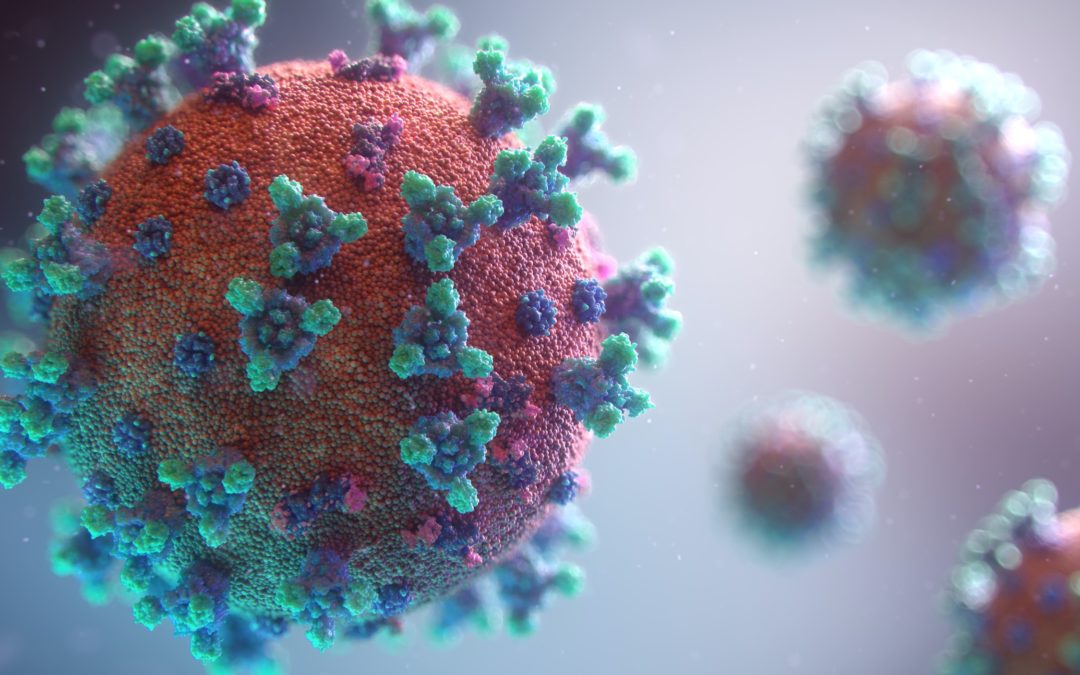The year 2020 will forever be connected to Covid-19 in the same way that 1917 is connected to the Spanish Flu. We’ve seen many of the 1917 protocols, attempting to stop infection, recycled during the ongoing pandemic, e.g. the use of face coverings, limitations of crowd sizes and social distancing, closing of certain businesses, curfews, and lockdowns. We’ve also seen in 2020, just like in 1917, misinformation that spreads faster than the actual illness.
As the Covid-19 Pandemic unfolded, many practices became commonplace in industries that had never before been tasked with infection prevention or promoting public health. In an effort to fulfill this unprecedented role, business sectors adopted “solutions” as fast as they could with the information (or misinformation) they were exposed to. In the early days of Covid-19, businesses quickly began spraying chemicals, whether indoors or outdoors, increasing the use of disinfectants, hand sanitizers, and disinfecting wipes. Businesses acted on information that they believed came from experts in the industry, yet the “experts” in the industry exponentially increased in 2020.
This Pandemic, while tragic, has brought environmental services, its workers, and its experts to a seat at the public health table. This Pandemic has perpetually altered the way the public and the business sector view those who are responsible for the upkeep of the environments we are exposed to; gyms, restaurants, dentists offices, hospitals, schools, and offices to name a few. Now that we’ve all accepted our new roles as promoters of public health, as providers and recipients, how do we navigate through the abundance of solutions accompanied by so much misinformation?
It’s estimated that the disinfectant products market will reach 30.11 Billion USD worldwide by 2027. (add reference footnote) In the United States, legislation such as the Affordable Care Act has forced hospitals to maintain clean facilities. This is just the beginning as we see all business sectors faced with public and eventually legislative pressure to develop and implement protocols. How do we get there? We get there by understanding that most chemical companies are pushing products, not solutions. To implement truly effective environmental infection prevention programs, we must consider a broader scope: people, products, services, and ongoing support.
So, what is environmental infection prevention? Environmental infection prevention requires a synergistic approach to preventing infections from spreading in the environment around us. We look closely at the environment to determine what could be a potential source of contamination. This includes, but is not limited to, hard and soft surfaces, air quality, equipment used for cleaning and disinfection, waste management, and water. While a visual test may lead us to believe that our surroundings are free of sources of infection, biological testing reveals hidden areas that present environmental danger. With this information on hand, complete environmental infection prevention can be accomplished by implementing comprehensive programs that address all areas of concern. Furthermore, experts must ensure that the proper programs are implemented for the risks associated with that particular environment (i.e. a school and a hospital will have differing needs). Environmental infection prevention programs must always weigh the risks with the benefits of implementation.
Who Lighthouse EIP Services
Industries:
- Healthcare Facilities
- Sports Venues
- Schools & Universities
- Retail spaces
- Hospitality
- Public Transit
- Restaurants
- Cruise Lines
- Airports & Airlines
- Banks
- Casions
- Office Spaces
- And more
Regions:
- United States
- Canada
Resources
Recommended Technologies
- Defender® is approved for use against SARS-CoV-2, the virus that causes COVID-19, on the EPA’s List-N.
- Trust™ single-use microfiber wipes and mops to optimize pathogen removal.
- Application and dilution equipment specifcally designed for use with Defender® technologies.
- Personal protective equipment (PPE) including coveralls, lab coats and gowns, face masks and respirators, gloves, and shoe/boot covers to prevent the spread of pathogens in any environment.


Recent Comments